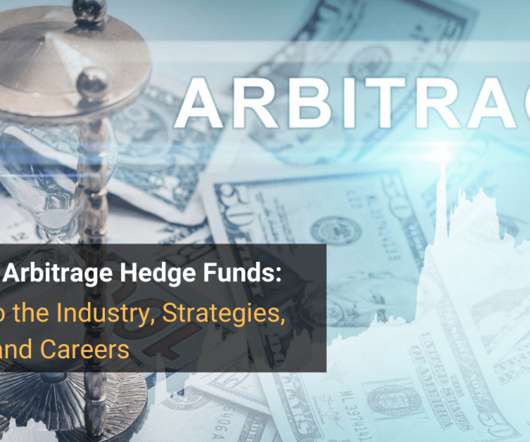The Dividend Discount Model (DDM): The Black Sheep of Valuation?
Brian DeChesare
MAY 3, 2023
When I started offering financial modeling training , I never expected to get questions about a methodology like the Dividend Discount Model (DDM). But people who aim for investment banking roles are very much into those bells and whistles, so questions about the DDM and other “exotic” methodologies began rolling in.














Let's personalize your content